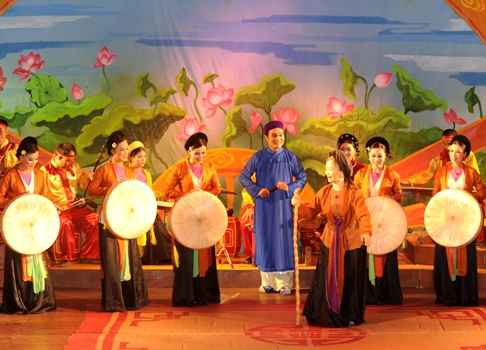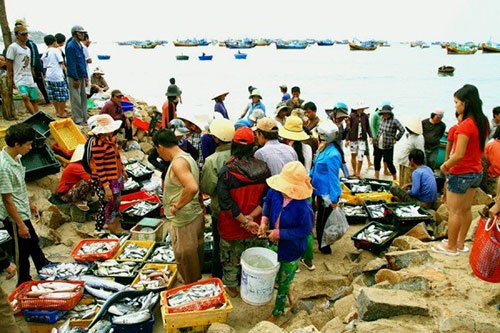After undergoing so many changes, “aodai” has become the unique beauty and pride of Vietnamese. To have the position as nowadays, “aodai’ has also undergone so many remarkable historical events
Every country in the world has some traditions, culture or innovations to be proud of. For example, China has famous procelain, Japan has many modern electric machines,..and so does Vietnam. "Ao dai" is one of very profound impressions about Vietnam. We are proud of "Ao Dai" because of its history, beauty, the significance of the attire upon Vietnamese women and all things that it shows for pure beauty.
First, the description about "Ao Dai" is the reason for its expanding throughout the country in a very short time compared to the country's history. About the origin, "Ao Dai" originated in Vietnam, meaning "long dress" is a traditional attire worn by Vietnamese women since the early 1900s and is still worn today.
The very interesting thing that: like "Ao Dai", Vietnam is a long country on the Far East coast of Asia.This thing makes it become more respectable for Vietnamese people with a full love for the country. It appears to flatter every figure. Its body hugging top flows over wide trousers that brush the floor. Especially, comfort has not been forgotten at the expense of fashion and beauty. Splits in the gown allow the wearer freedom of movement and despite covering the whole body to make it comfortable and easy to move.
The history of “aodai”
People can’t define the exact year of origin of “aodai” because “ao dai” is always considered as the national costume of Vietnamese and it has undergone so many historical ups and downs, time and the exchanges of culture to have the position as nowadays. However, by looking through the images engraved on Ngoc Lu copper drum, people can see the images of “aodai” and women costumes with 2 split pieces.

Giao Lanh Aodai, the original form of aodai
Why people say that the costume with 2 split pieces is the mage of aodai? That’s because of the strong and unique point of “aodai” is the two split pieces. In spite of thousands of years of changes, the only thing can characterize aodai Vietnam with another cultures is the two split pieces. Many people say that aodai Vietnam is the copy of Cheongsam- a kind of costume of Chinese people. However, Cheongsam appeared in 1920, Vietnam aodai has existed for so long before. This proves that “aodai” is a cultural aspect of Vietnam only and only Vietnamese people have.
Modern “aodai” in the timeline
After Hanoi college of Art was opened, there was many dedicated artists with this national costume and they changed the design of aodai to be more suitable for young people. Aodai Le Mur is the first version, Le Mur is a name in French of Cat Tuong artist who made a great improvement with four – split piece into 2 split ones.
Then, artist Le ho improved Le Mur and this version of “aodai” is welcomed in Da Nang housework fair. Up to 1960s, Dung – a designer in DaKao Sai Gon developed a form modern costume with 2 short sleeves .
Aodai in the past
Modern Aodai
Ao dai has been worn not only by Vietnamese people but also by worldwide-famous designers who use “aodai” as the source of creative inspiration for their collections in international stages. In the newest collection inspired from Vietnam, Emillio Pucci has released very modern ad luxurious designs. This is the very important improvement of “ao dai” when it is welcomed with the other respect. “Aodai” will soon be the symbol of culture and fashion not only the symbol of traditional costume any longer.
Although Vietnamese pepple don’t wear “aodai” as a casual costume in the past, “aodai” has still been as a luxurious costume in important events, in parties or as uniforms in some companies. Especially, when people gather in their families and go back to their homelands, “aodai” affirms its position as the most suitable choice for them to wear.










.jpg)































